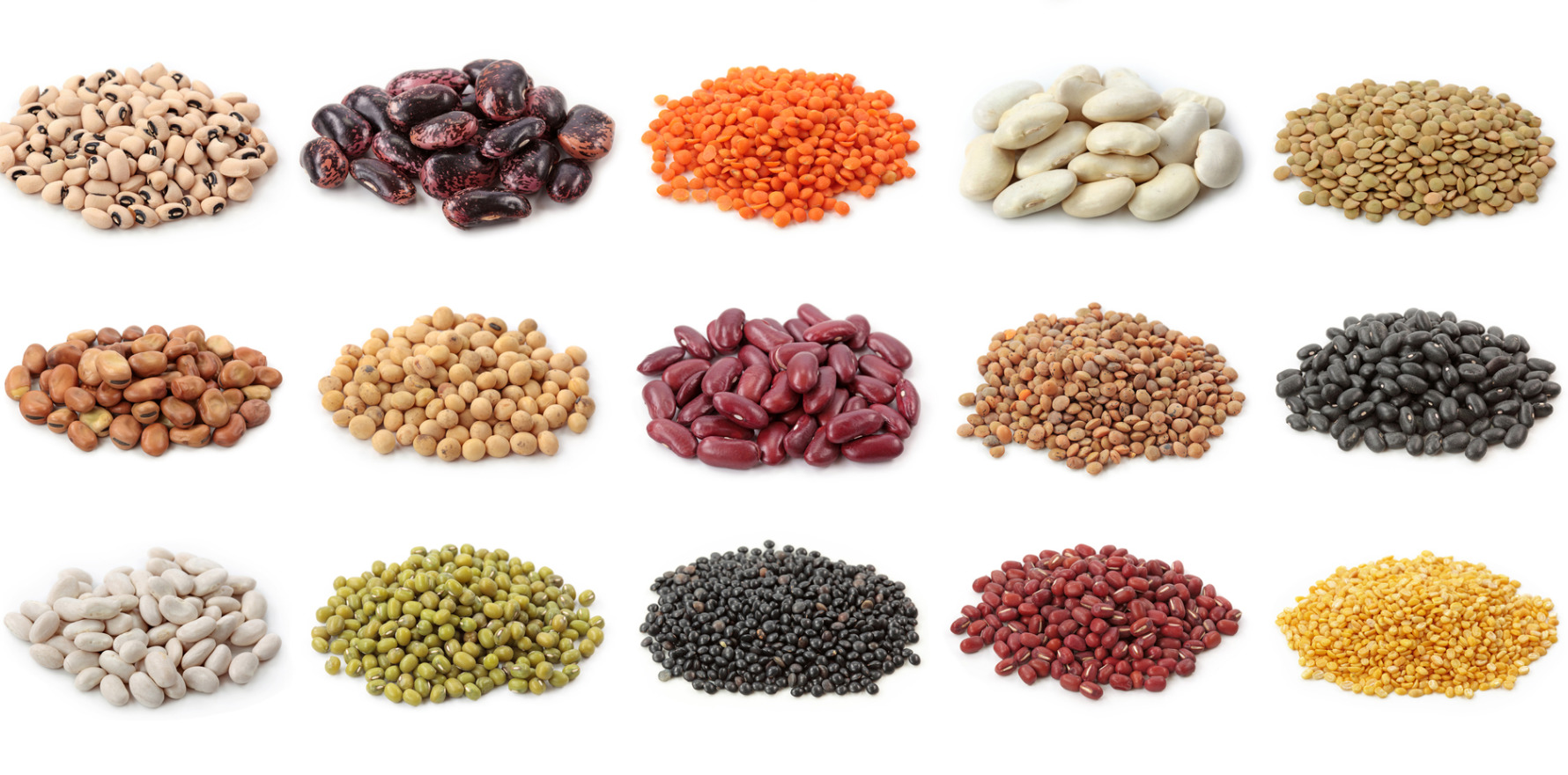Women made up 44% of medical practitioners in 2021, up from 41.6% five years before.
In 2021 women made up 76.3% of the health practitioners across 15 health professions, a significant increase of 0.5% since 2016, and 44.4% of medical practitioners, with implications for workplace planning and sustainability.
Research published in Australian Health Review used AHPRA registration data to analyse 15 of the 16 regulated health professions between 1 July 2015 and 30 June 2021.
The total number of registered health professionals increased by 22% (141,161) to 784,421 in that time, and the number per 100,000 population increased by 14% from 2016.
“Demographic trends in the Australian health workforce parallel those in the broader population,” wrote the authors, led by Dr Sarah Anderson, AHPRA’s manager of research analytics and insights.
“Some health professions have aged considerably since the mid-1980s … [and there have been] shifts towards feminisation in parts of the health workforce.
“This presents unique workforce planning issues, such as the retention of practitioners approaching retirement age or experiencing age-related disabilities and the need to improve understanding of gender-sensitive, supportive working environments.”
The AHPRA data did not distinguish between medical practitioners. The 15 professions analysed by the research were medical practitioners, Aboriginal and Torres Strait Islander health practitioners, Chinese medicine practitioners, chiropractors, dental practitioners, medical radiation practitioners, midwives, nurses, occupational therapists, optometrists, osteopaths, pharmacists, physiotherapists, podiatrists, and psychologists.
Medical practitioners’ median age dropped from 44 to 43 between 2016 and 2021; overall numbers increased from 433 per 100,000 population to 489, a 13% rise; and women made up 44.4% of the medical practitioner workforce, up from 41.6% in 2016.
The rise in the number of registered health practitioners between 2016 and 2021 was largely due to “an increased supply of domestic and international students, with continued growth in students enrolled in approved programs of study or clinical training programs”, according to Anderson et al.
“Several professions remain reliant on the intake of overseas-qualified practitioners.
“Between 2016 and 2021, more than one-quarter of medical practitioners, dentists, nurses and Chinese medicine practitioners registered with AHPRA were internationally qualified.
“In 2020 and 2021, covid international travel restrictions constrained the intake of internationally qualified health practitioners. However, the expected reduction in internationally qualified applicants was potentially partially offset by AHPRA’s creation of a pandemic sub-register, which returned 26 595 practitioners to practising practicing status by 2021.”
There was a 32% growth in the numbers of Aboriginal and Torres Strait Islander health practitioners, with 2.42 per 100,000 population in 2016 jumping to 3.19 in 2021. Almost 80% of them are female, a number that has remained steady of the study period.




